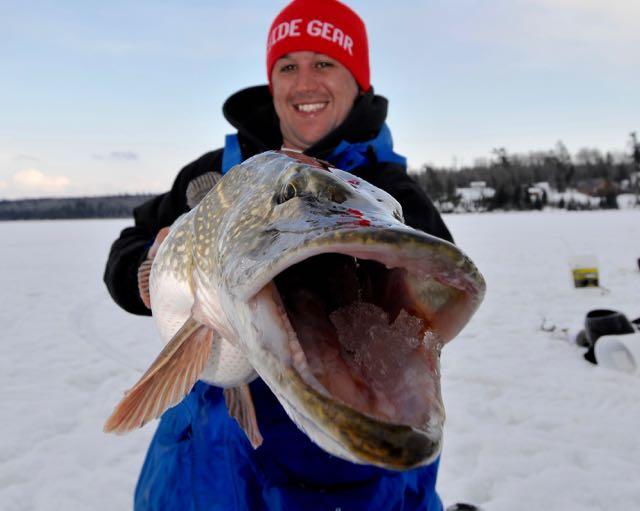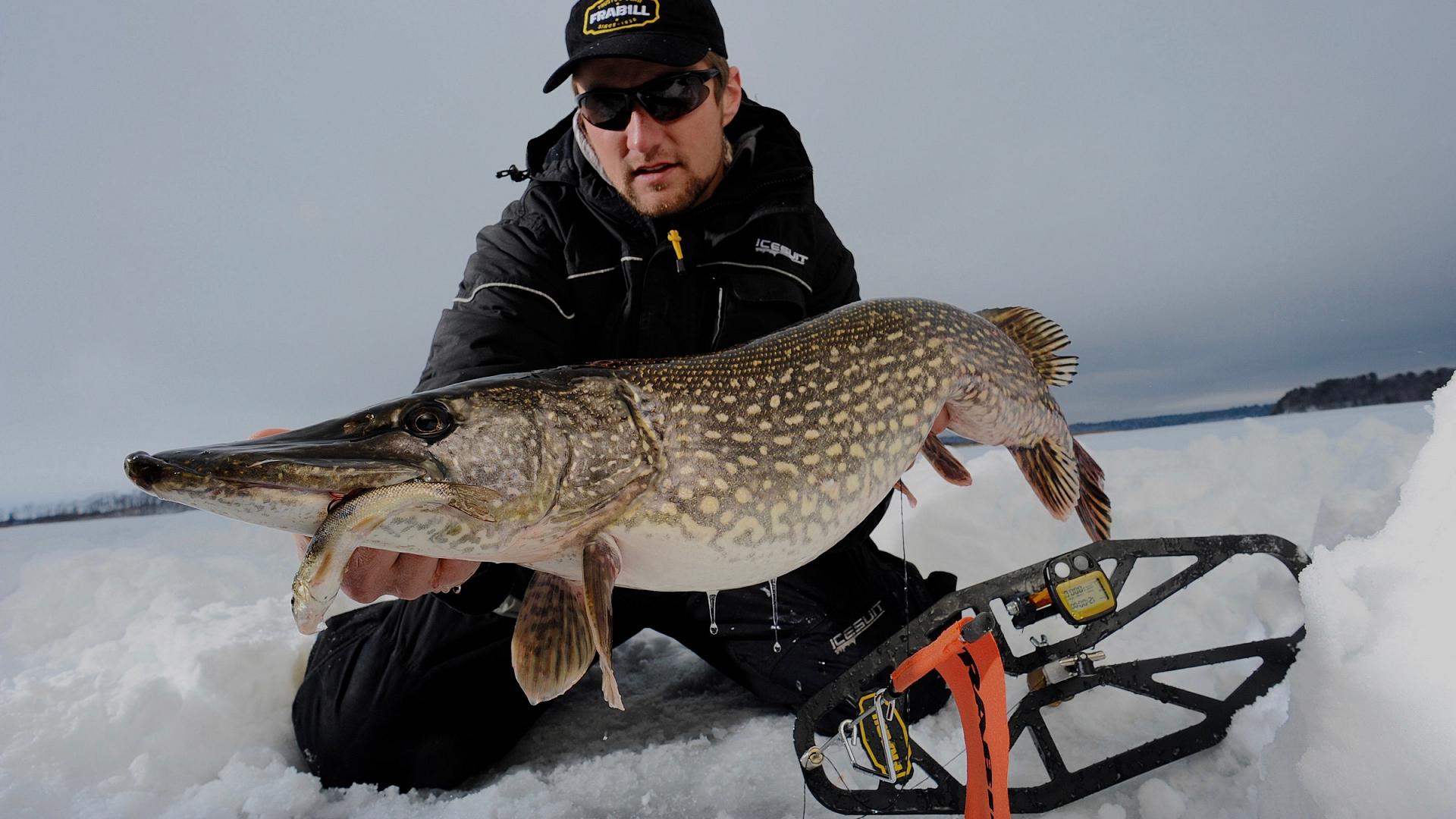Fish under dark skies
When the winter weather turns dreary, it’s time to take advantage
Advertisement
With as much as five feet of ice and snow separating you from the fish, you’d think the weather would play much less of a role in the winter than it does during the open-water season. But you’d be wrong.
Almost every year for the past 15, In-Fisherman TV host Doug Stange has visited me at least once, and often several times over the winter, to film a show. We usually kick off the season in early January immediately after the lake trout season opens. If the weather is unseasonably mild, the sky is dark and dreary and flurries are punctuating the air—all indicative of an arriving front—we knock the trout ball out of the park. However, we typically take twice as long to shoot a show if the pressure is high, accompanied by plummeting sub-zero temperatures, mile-high blue skies and bright sunshine.
Advertisement

The difference in the action is even more profound when we’re targeting black crappies, northern pike, walleye or yellow perch. When it’s dazzling bright outside, you can generally set your watch on the fish—especially pike and walleye—biting best when the sun comes to rest on the horizon between 4 and 4:30 p.m. Prove it to yourself this winter by monitoring the weather and timing your ice-fishing adventures to coincide with snowy, dark, overcast conditions. On the other hand, if you find yourself ice fishing on ultra-cold, crisp, clear, sunny days, be prepared to work hard for those bites.

